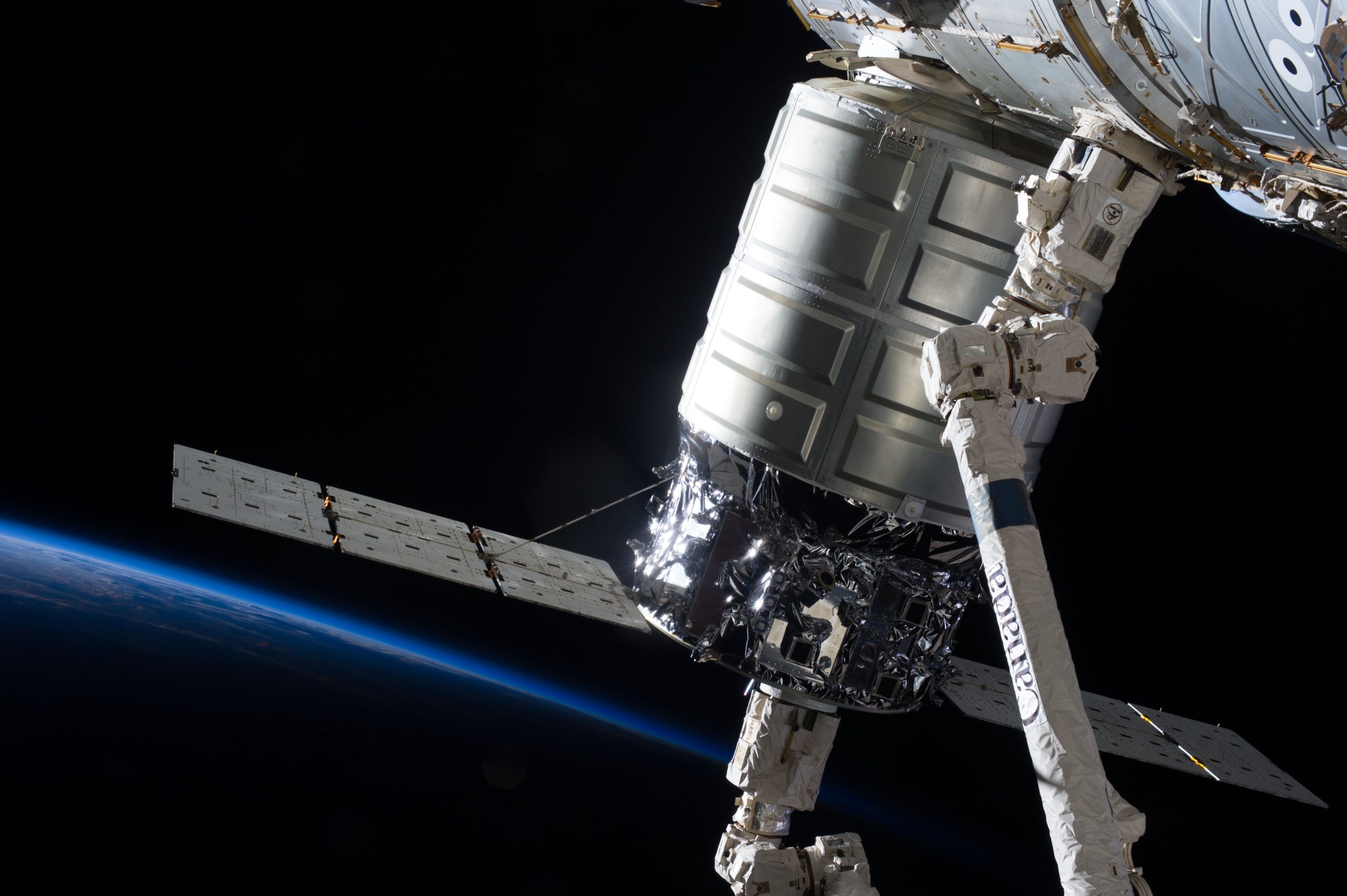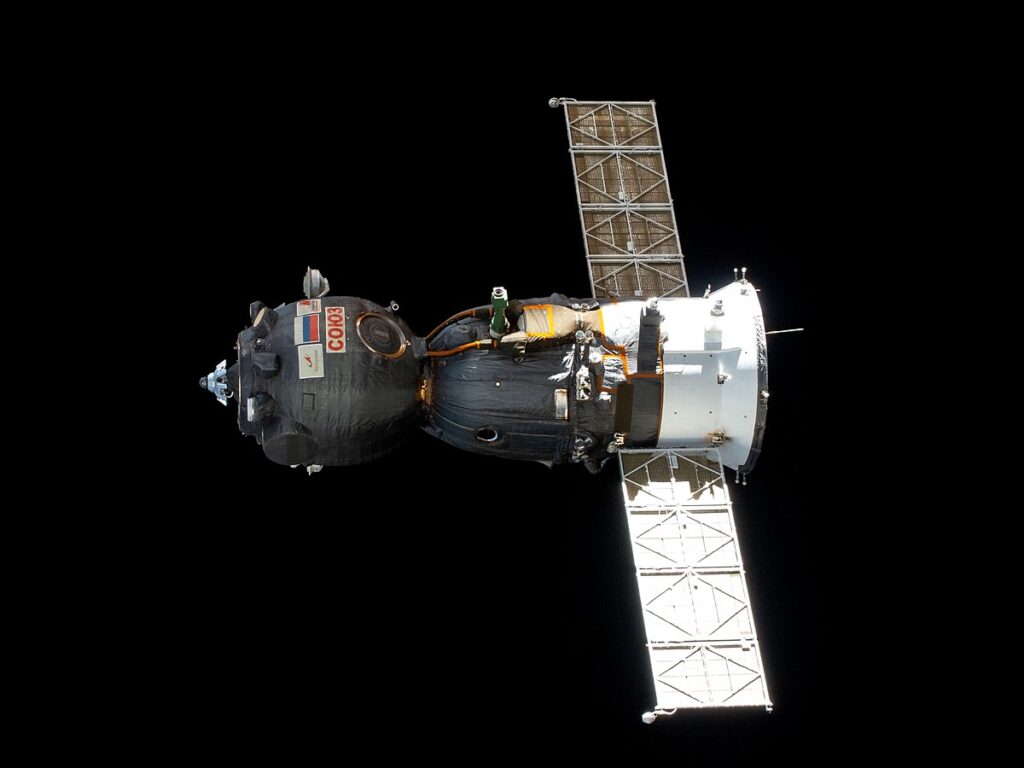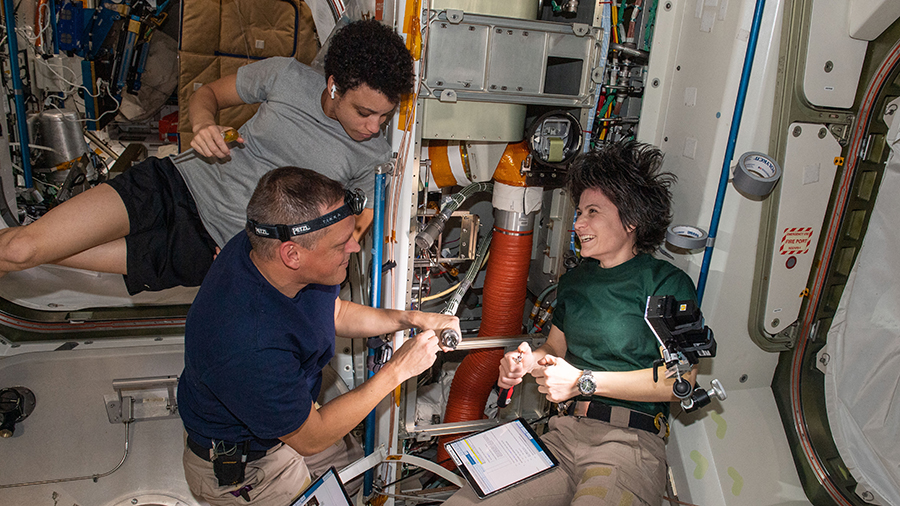
It was a packed day aboard the International Space Station as the astronauts and cosmonauts conducted a wide array of space research and serviced a range of science hardware. The orbital residents also continued to unload a U.S. cargo craft, maintained a variety of life support gear, and participated in eye checks.
Stem cells were being analyzed today inside the Life Science Glovebox to explore their potential for disease treatments and commercial purposes both in space and on Earth. Expedition 71 Flight Engineers Tracy C. Dyson and Jeanette Epps from NASA worked together in the Kibo laboratory module harvesting stem cells and peering at the samples in a microscope. Dyson earlier installed new hardware in the Destiny laboratory module that can host a variety of science experiments and space manufacturing studies. Epps also watered plants growing for the Plant UV-B botany study then scanned the cornea, retina, and lens of NASA astronaut and Starliner Pilot Suni Williams using standard medical imaging hardware.
Williams spent the majority of her day with Starliner Commander Butch Wilmore of NASA, both from the Boeing Crew Flight Test, checking out life support components inside Destiny and the Harmony and Tranquility modules. The duo took turns working on thermal control gear and orbital plumbing hardware throughout the orbital outpost’s U.S. segment.
Wilmore also partnered with NASA Flight Engineer Matthew Dominick unpacking some of the 8,200 pound of science and supplies packed inside the Cygnus space freighter that arrived at the space station on Aug. 6. Dominick also removed batteries from the CIMON artificial intelligence assistant then stowed double coldbags that contained research samples delivered aboard Cygnus.
NASA Flight Engineer Mike Barratt concentrated his activities inside Kibo attaching new science experiments on the NanoRacks External Platform that will be placed outside the space station in the vacuum of space. The external studies will explore ultra-high-resolution spectral imagery downloads to Earth (OPTICA), electromagnetic interference and radiation tolerance (ASTRID), and the performance of electronics components in the radiation environment (ENCORE).
The three cosmonauts representing Roscosmos also had a busy day with a schedule full of research and maintenance. Flight Engineer Nikolai Chub studied a variety of topics on Thursday including Earth observations, how space affects the digestive system, and future planetary mission piloting techniques. Flight Engineer Alexander Grebenkin worked in the Nauka science and Zvezda service modules transferring water and filling an oxygen generator. Finally, station Commander Oleg Kononenko focused primarily on computer maintenance task duties throughout the orbital lab’s Roscosmos segment.
Learn more about station activities by following the space station blog, @space_station and @ISS_Research on X, as well as the ISS Facebook and ISS Instagram accounts.
Get weekly video highlights at: https://roundupreads.jsc.nasa.gov/videoupdate/
Get the latest from NASA delivered every week. Subscribe here: www.nasa.gov/subscribe




